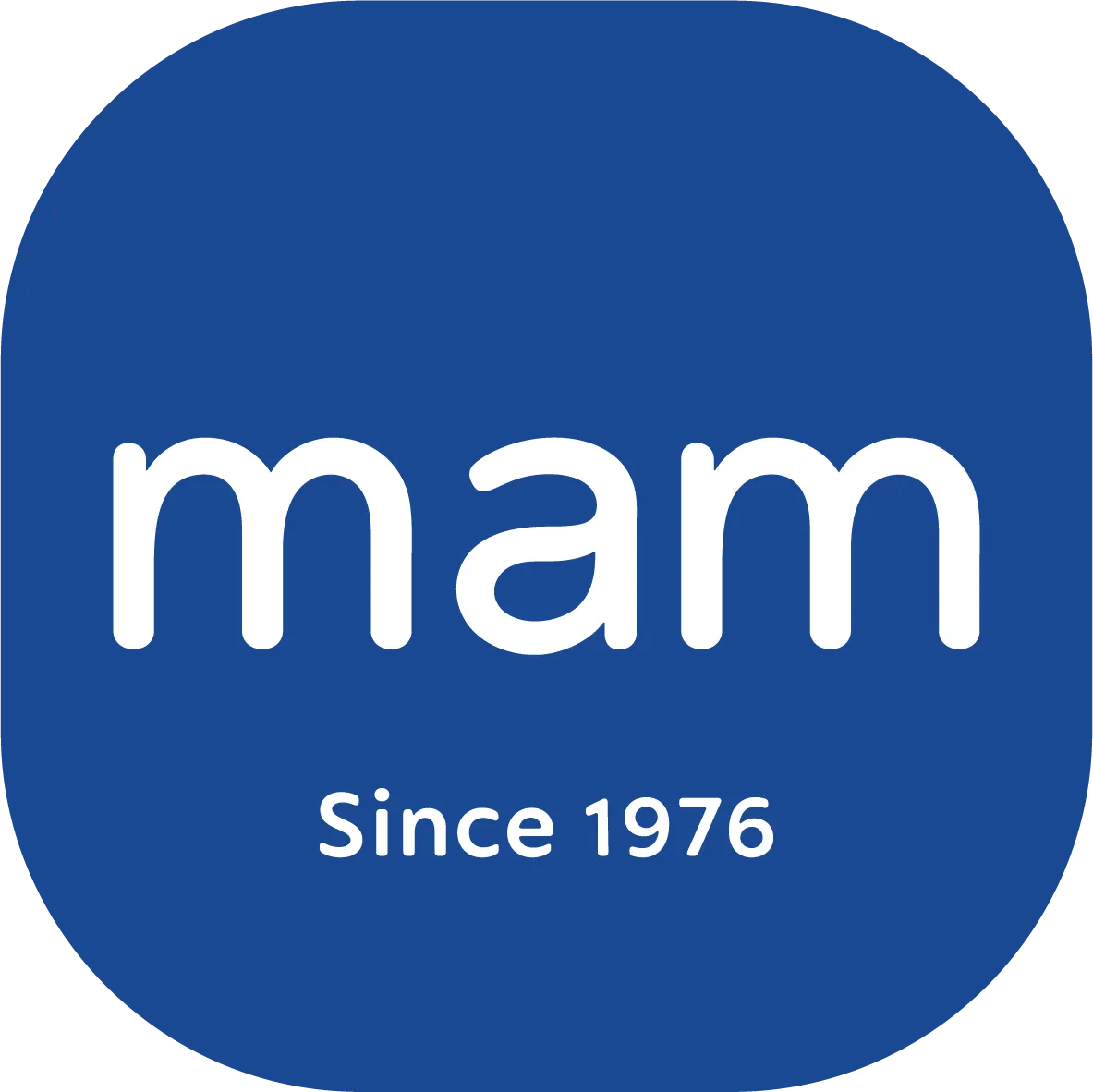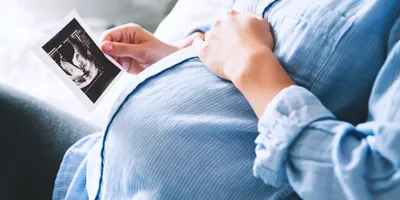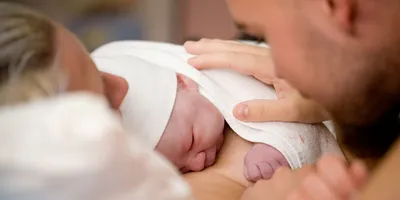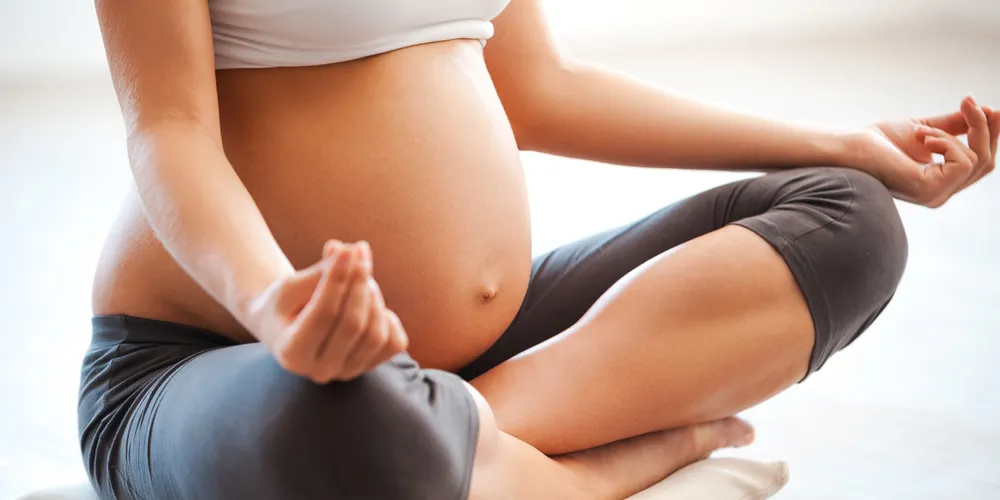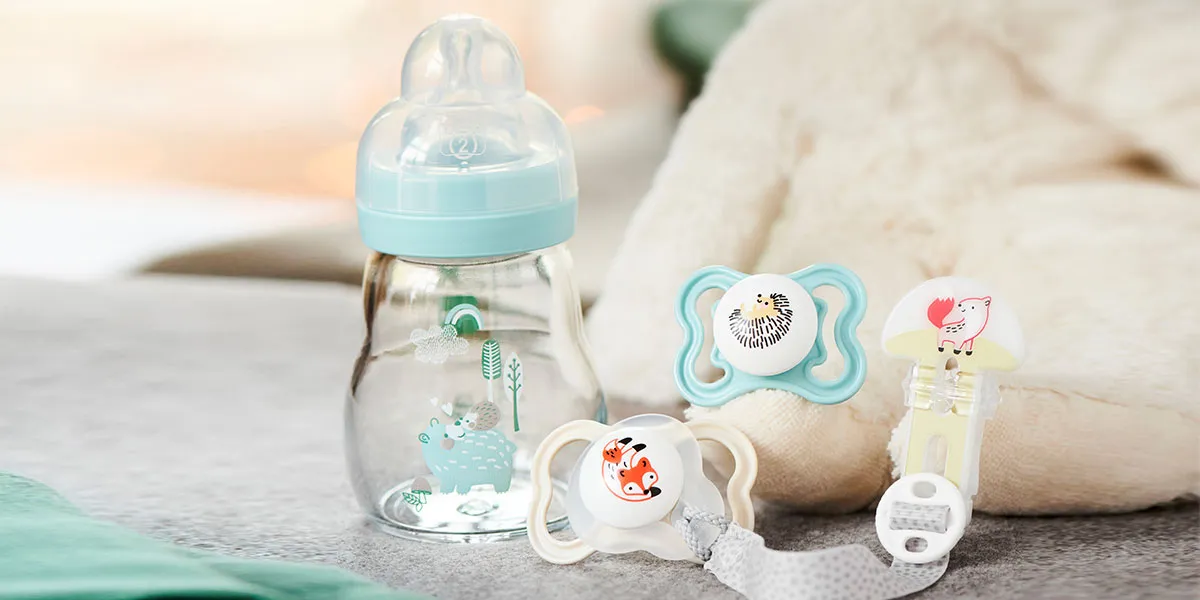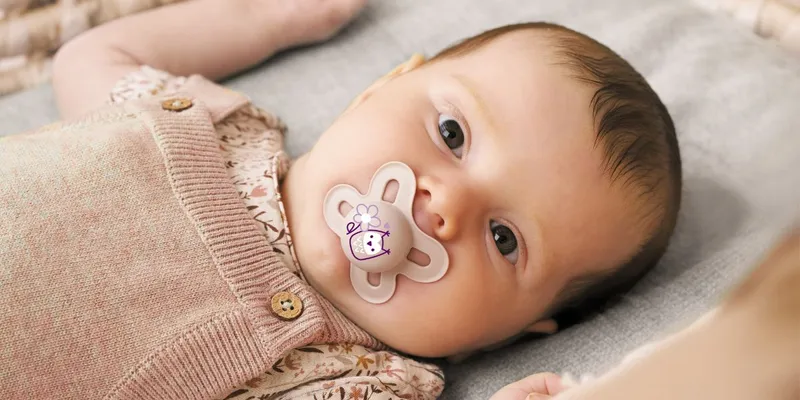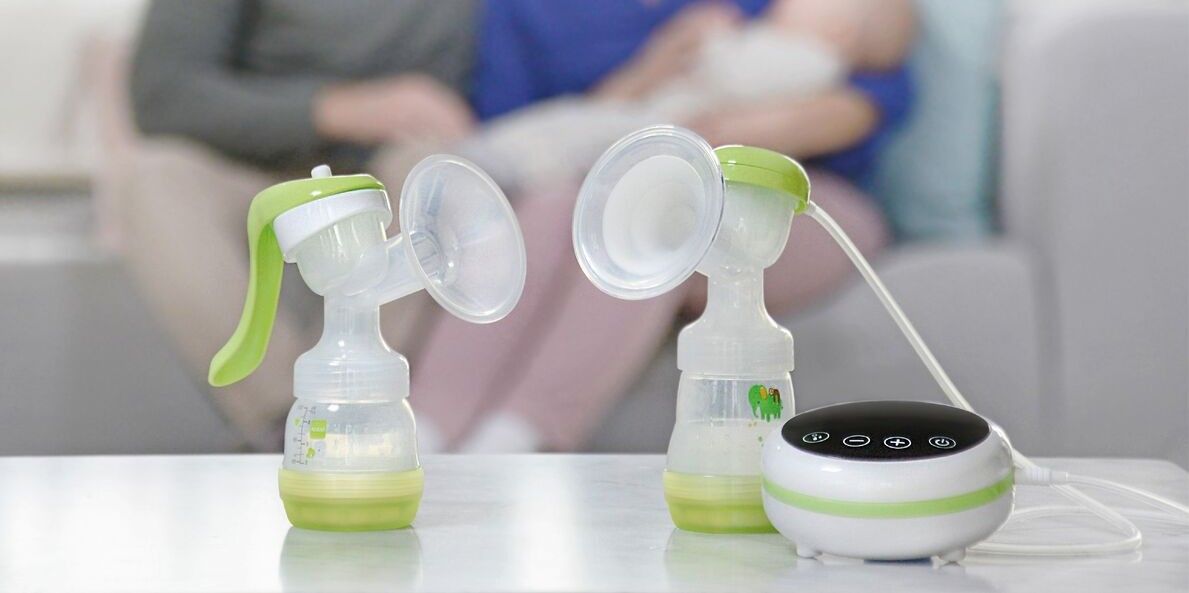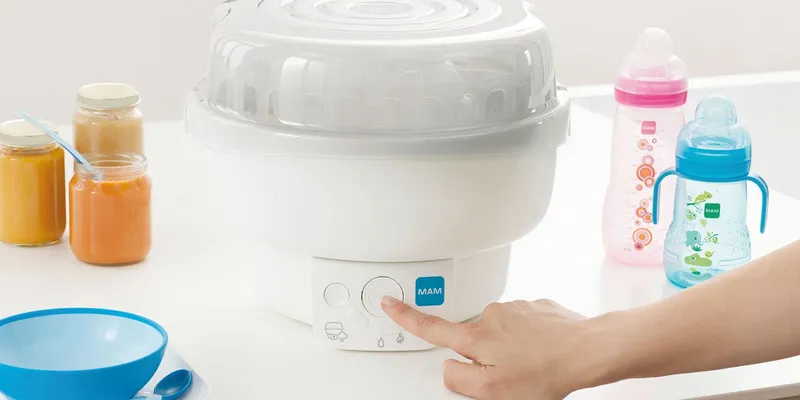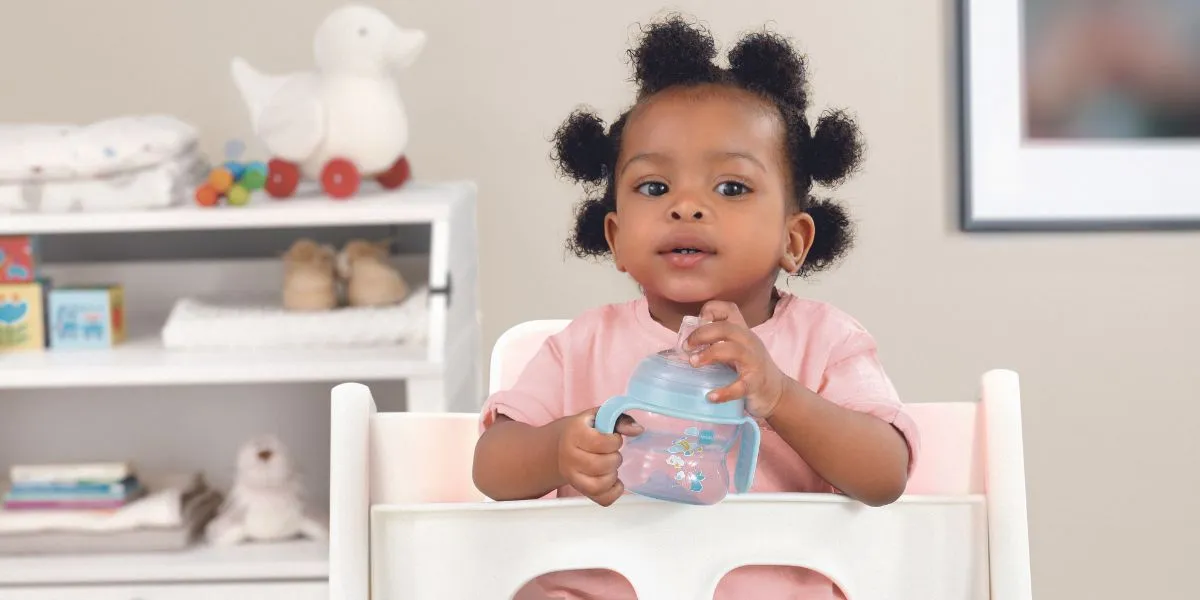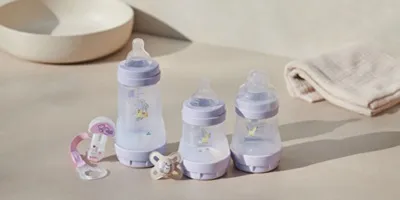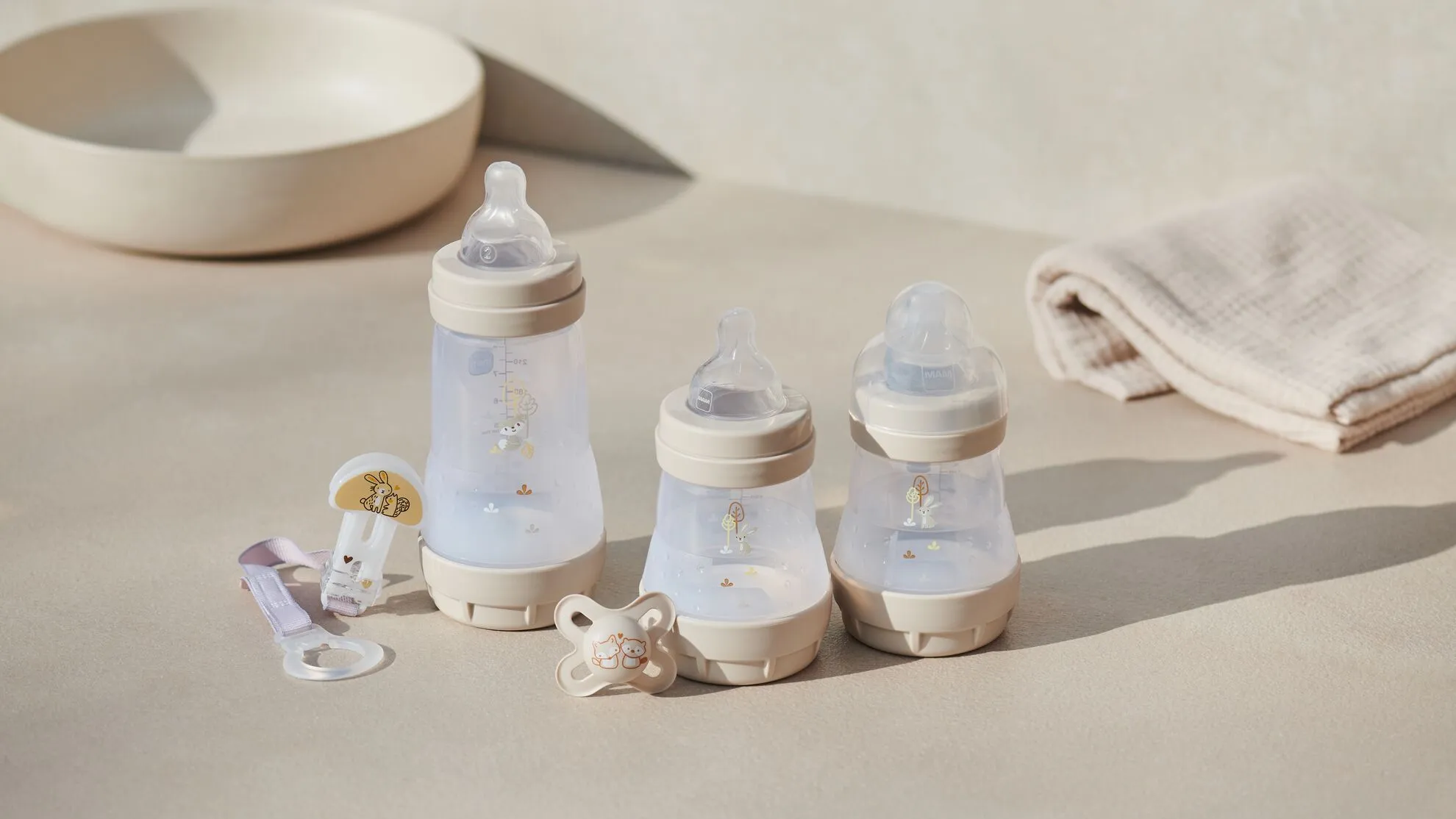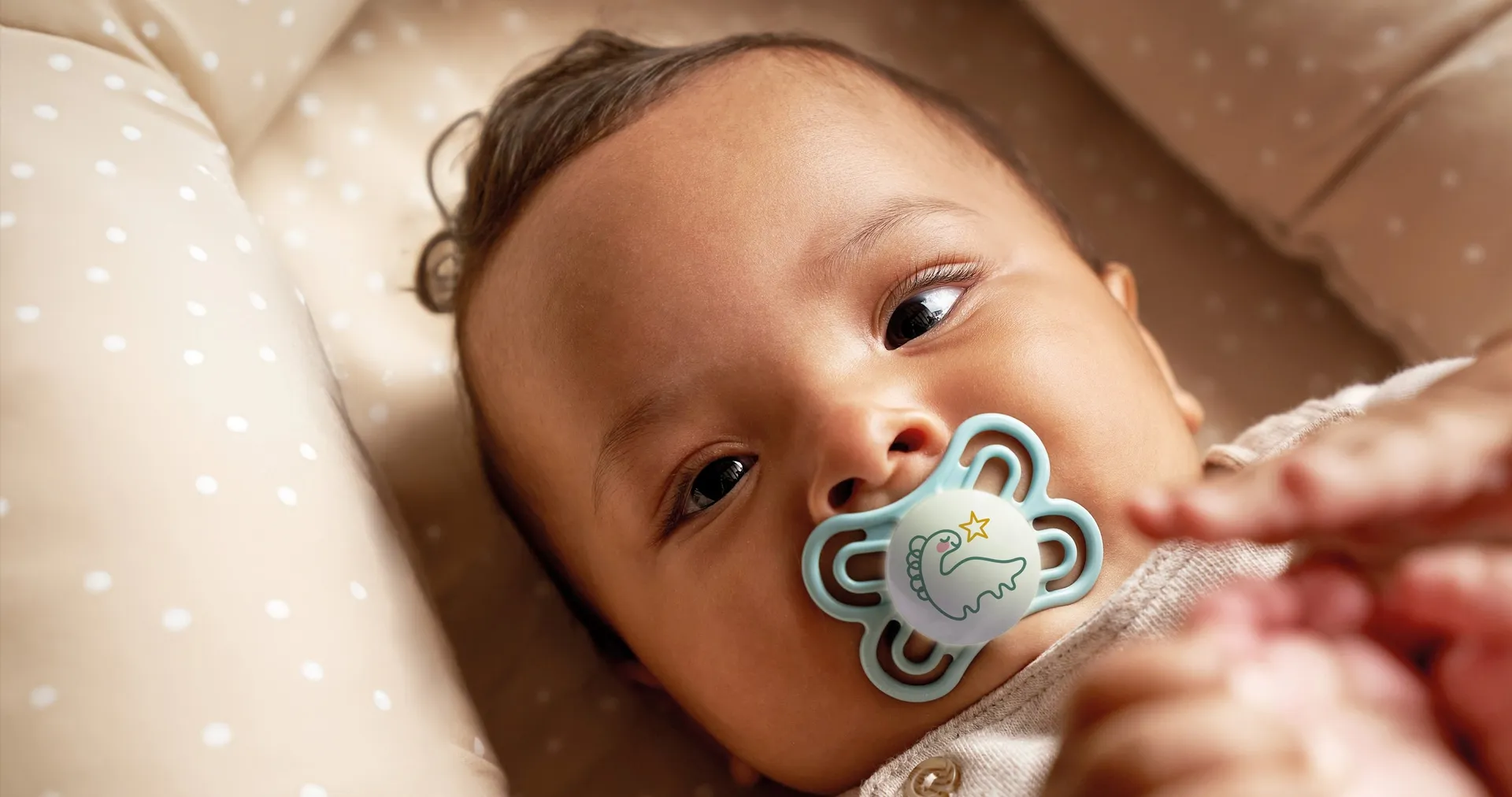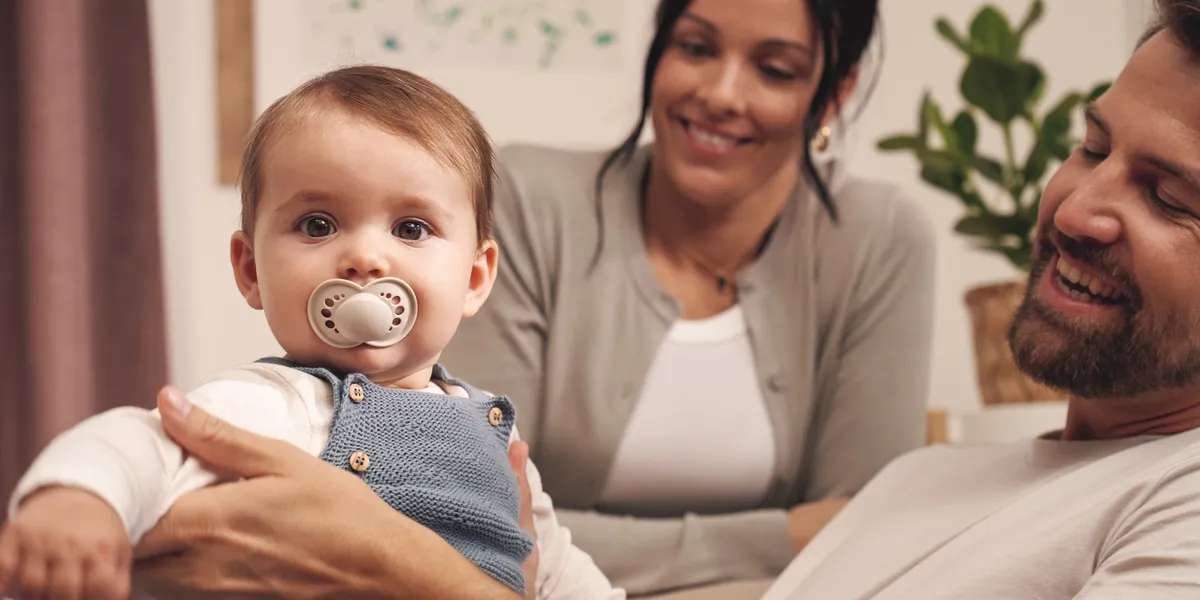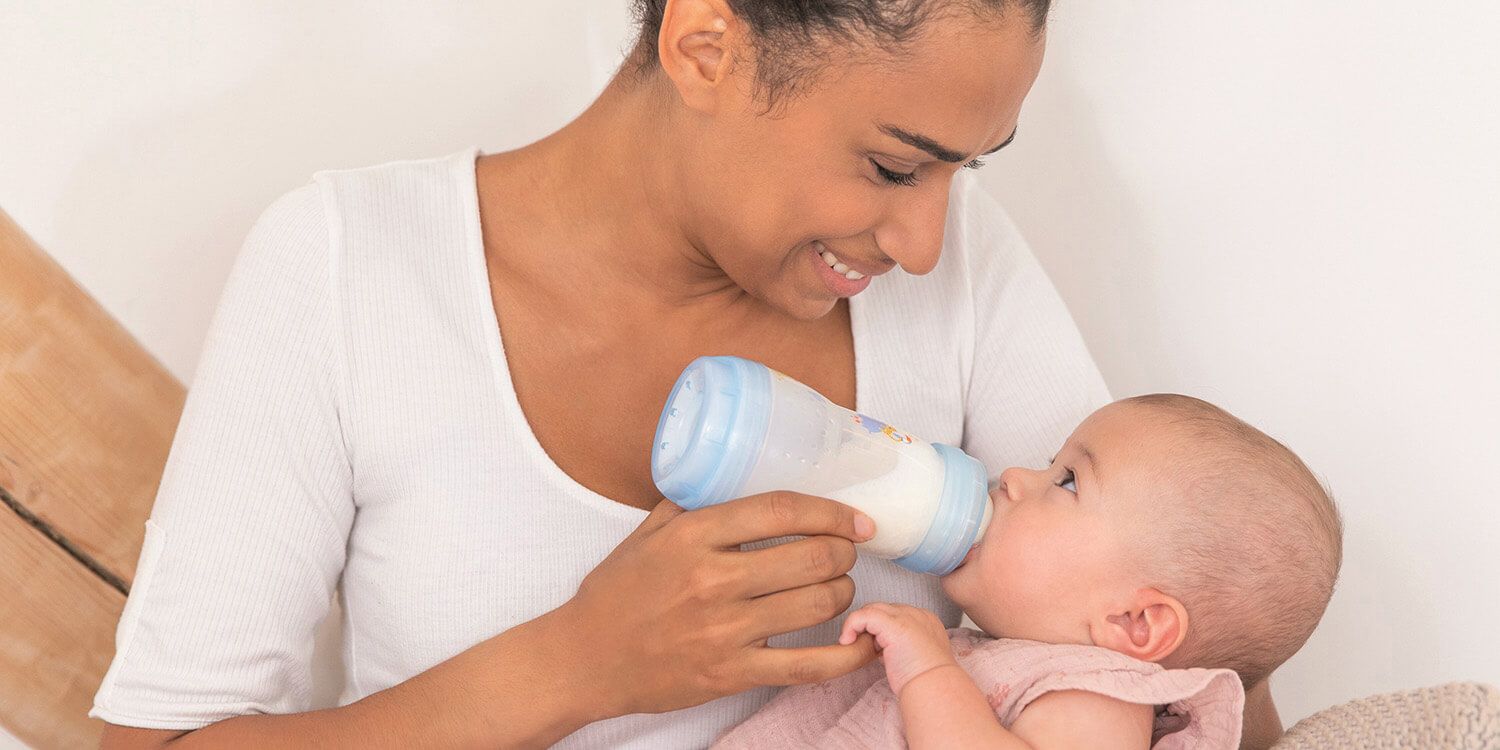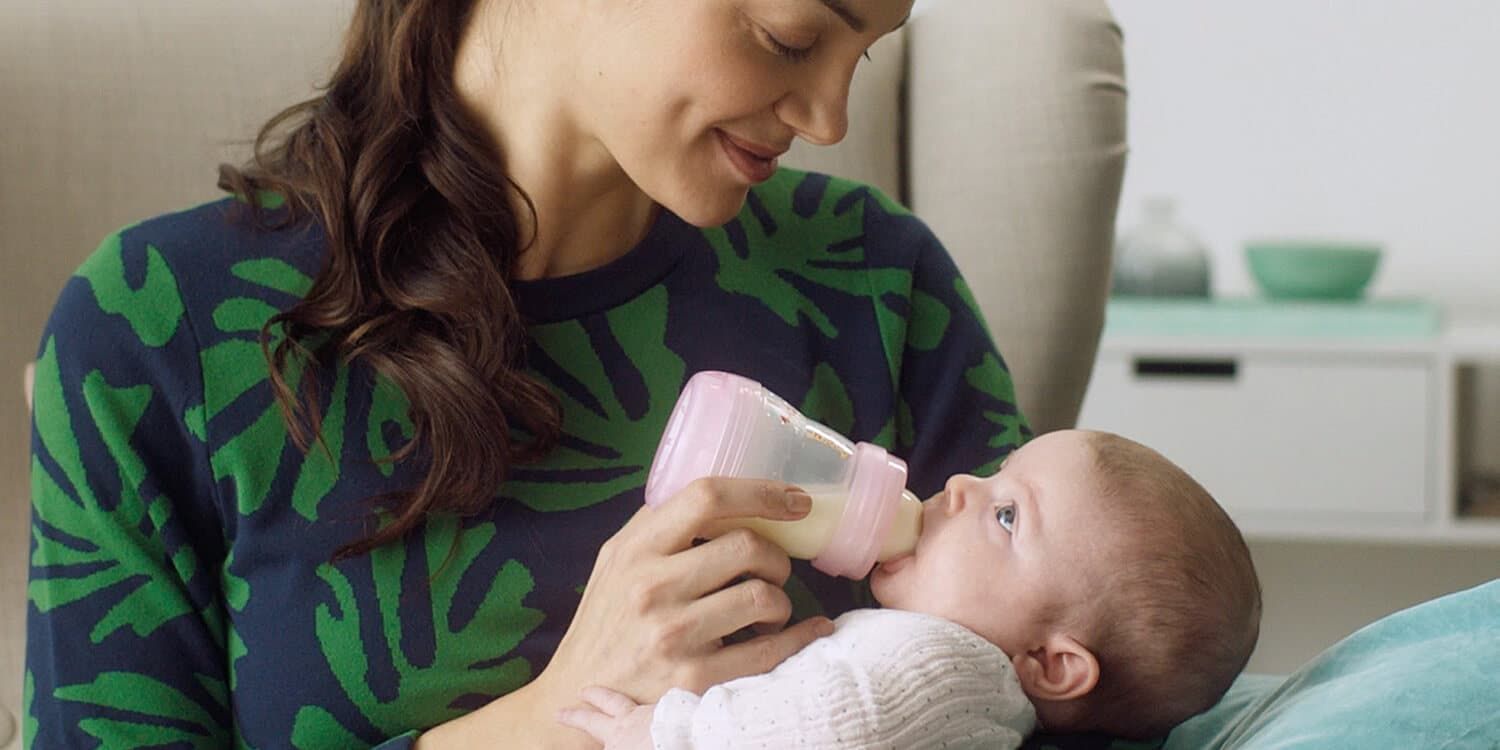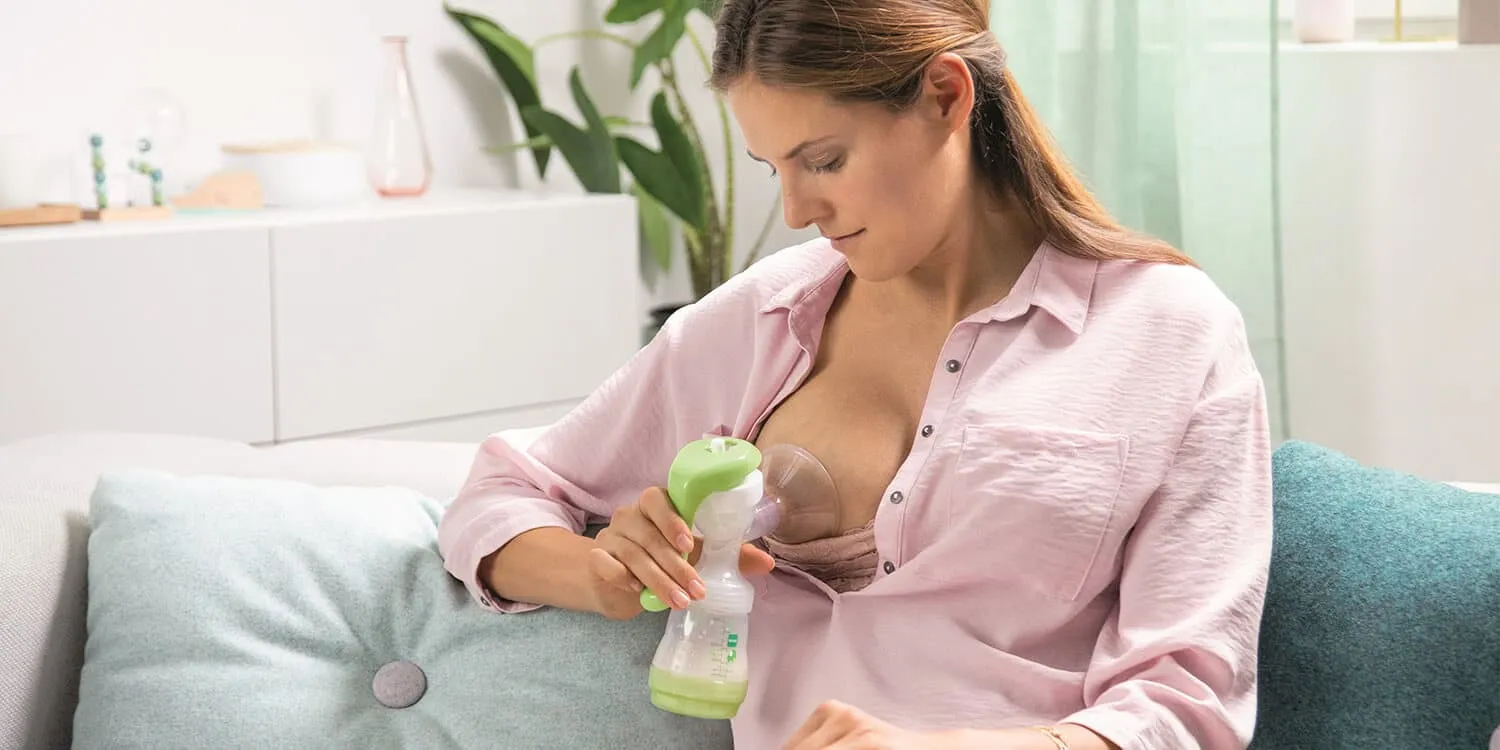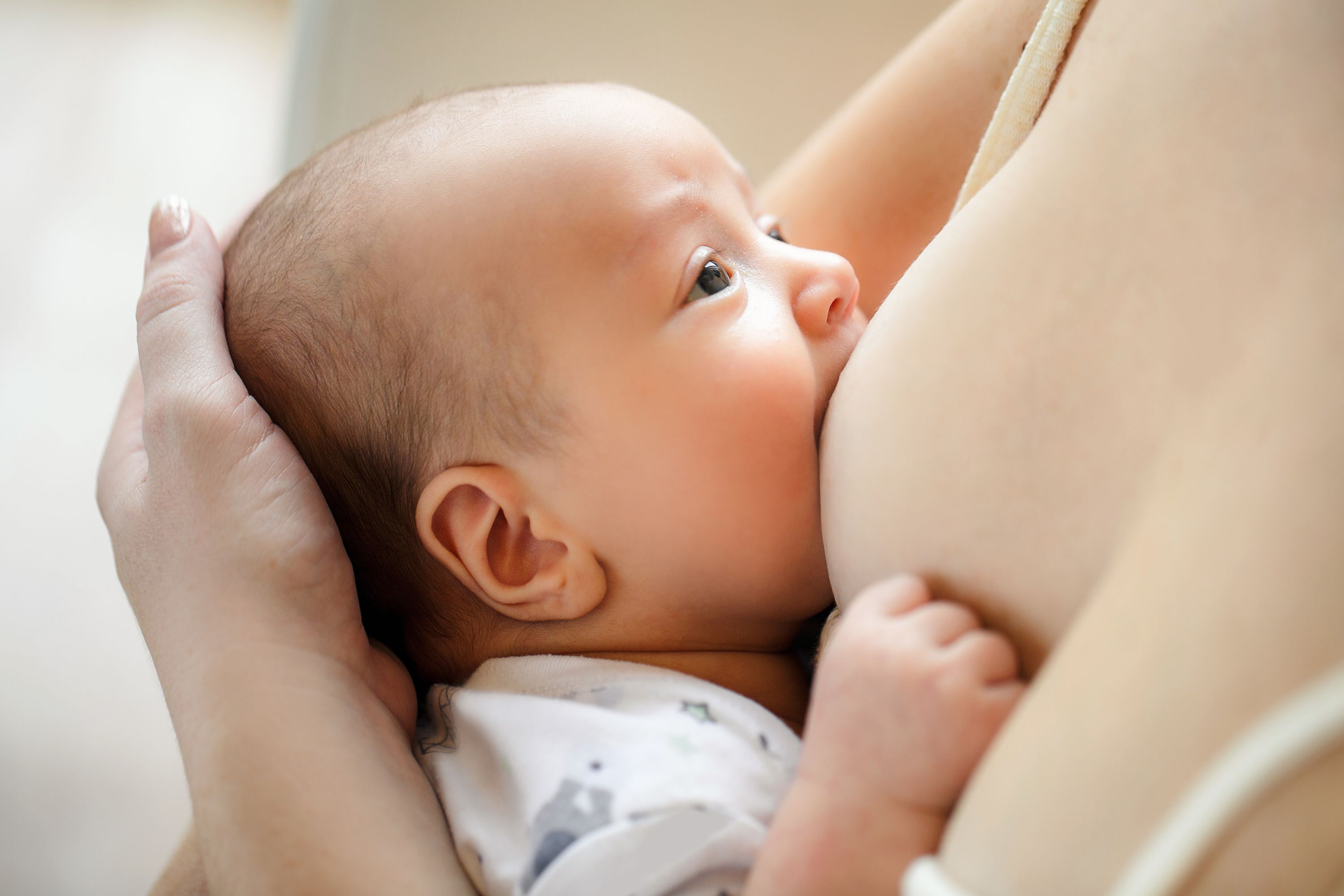La leche materna contiene todas las vitaminas, oligoelementos, nutrientes y minerales importantes para los primeros meses de vida del bebé. Los anticuerpos que contiene también refuerzan el sistema inmunitario. Pero las mujeres no pueden o no siempre quieren dar el pecho. A veces las familias también combinan la lactancia materna con el biberón y la leche en polvo por diferentes motivos. ¡Aquí te explicamos por qué es mejor alimentar a tu bebé solo con preparados para lactantes, es decir, alimentación previa o primera alimentación, y cómo preparar un biberón correctamente!
Tipos de leche: La mezcla óptima para cada necesidad
La composición de los alimentos iniciales se corresponde en mayor medida con el "original". Al igual que la leche materna, la nutrición previa solo contiene lactosa, tiene un menor contenido de proteínas y una mejor composición de ácidos grasos. La primera alimentación también puede contener otra fuente de carbohidratos, posiblemente de menor calidad. Puedes dar a tu bebé ambos tipos durante todo el primer año de vida.
¿Cuál es la mejor manera de preparar un biberón de leche?
La correcta preparación del biberón es muy importante para los bebés, ya que sus sistemas inmunológico y digestivo aún no están completamente desarrollados. Por ejemplo, hay una falta de bacterias intestinales "buenas" que son responsables de la digestión. Debido a la falta parcial de anticuerpos, una higiene cuidadosa es crucial para no perjudicar la salud de tu bebé. Y así es como va:
1. Ten preparado un biberón limpio
Utiliza solo biberones esterilizados durante los primeros meses. Para que tu tesoro no tenga que esperar demasiado tiempo con hambre (y quizás llorando), lo mejor es tener siempre preparados biberones limpios. Los biberones MAM pueden esterilizarse de diferentes maneras: hirviéndolos o con un esterilizador a vapor eléctrico o para uso en microondas. Además, el biberón MAM Easy Start™ Anti-Colic tiene una innovadora función de autoesterilización que permite esterilizar el biberón en el microondas sin necesidad de un esterilizador.
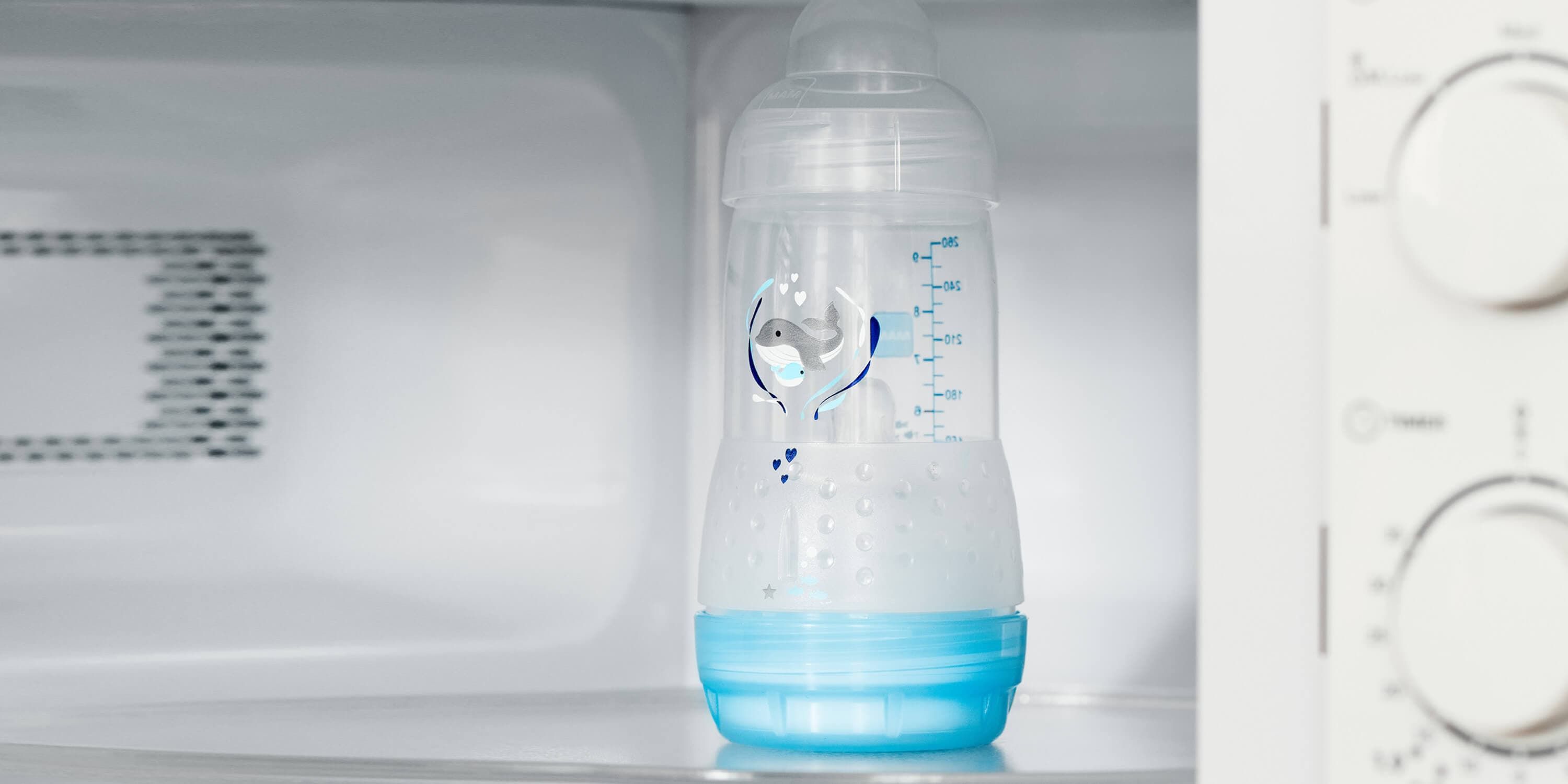
2. Sigue las instrucciones que figuran en el embalaje
El método de preparación, pero sobre todo la cantidad, puede variar en función de la leche en polvo y del fabricante. Por ello, lo mejor es seguir las instrucciones del embalaje a la hora de preparar el biberón.
3. Utiliza agua hervida
La ebullición mata los gérmenes peligrosos que puede haber en el agua, pero también en las tuberías o depósitos. Especialmente el agua caliente del grifo puede estar contaminada con bacterias.2 Si no estás segura de si el agua del grifo de tu zona es adecuada para la alimentación con biberón, pregunta a la compañía de aguas local o al ayuntamiento.
Importante: deja que el agua se enfríe un poco después de hervirla y comprueba la temperatura, por ejemplo con un termómetro, antes de introducirla en la botella. Encontrarás información exacta sobre la temperatura correcta del agua en el embalaje de la leche en polvo.
4. Remueve bien
Remueve para asegurarte de que el calor se distribuye uniformemente después de calentarlo y comprueba la temperatura de nuevo antes de alimentar a tu bebé, por ejemplo, en el interior de la muñeca o con un termómetro. La temperatura ideal es de 36-37 °C, ya que corresponde a la temperatura corporal. ¡La leche nunca debe estar demasiado caliente! Por un lado, para que tu bebé no se queme, y por otro, porque las grasas valiosas se destruyen a 40 °C.
5. Asegura un entorno agradable
Un ambiente relajado también hace que la bebida fluya más suavemente, lo que a su vez ayuda a evitar que entre demasiado aire en la tripita y que tu tesoro sufra gases innecesarios. Lo mejor es tomarse su tiempo y hacer pequeñas pausas durante la alimentación para evitar que se atragante y escupa.
6. Dejar eructar
Después de beber, asegúrate de recostar a tu bebé sobre tu hombro durante un rato y acariciar suavemente su espalda hacia arriba y hacia abajo para ayudarle a eructar y liberar el aire tragado.
Consejo: También existen biberones especiales que evitan la ingestión de aire durante la alimentación.
7. Limpiar el biberón
Desenrosca la botella y enjuaga todas las piezas con agua y un detergente suave. También puedes lavar las piezas del biberón en el estante superior del lavavajillas. Después sigue con la esterilización.
Consejos para la alimentación con biberón:
- Ten preparadas porciones con medidas exactas de leche en polvo en caso de que necesites hacerlo muy rápidamente.
- Tira las sobras si tu bebé no bebe por completo. Los gérmenes y las bacterias comienzan a multiplicarse en la leche caliente después de poco tiempo.
- Se recomienda llevar un termo con agua potable hervida o agua de bebé calentada para preparar las tomas de biberón cuando se vaya a estar fuera de casa.
- Y lo más importante al final: El contacto con la piel y los ojos es de gran importancia para la relación y la vinculación entre los padres y madres y los/as hijos/as. Incluso cuando le des el biberón, asegúrate de mirar, acariciar y abrazar a tu hijo/a.
Preparing a baby bottle with formula
- Start by filling the kettle with at least 1 litre of fresh tap water (do not use water that has been boiled before).
- Boil the water. Once boiled the water should be left to cool for up to 30 but no less than 20 mins. The NHS recommends a temperature of 70°C when making up a bottle. This is the perfect temperature to kill any possible bacteria in the formula, but not so hot as to destroy the nutrients within the milk.
- Follow the manufacturer’s instructions, pouring the correct amount of cooled, boiled water into the bottle before adding the powdered formula.
- Mix well, by stirring/gently shaking over a sink
- Allow formula to cool to body temperature.
- Always test the temperature before giving to your baby
- Never pour boiling water into the bottle as this can put a considerable amount of pressure on the bottle, which could affect the product function and increase the risk of scalding. But also destroy the nutrients in the formula. This is why it is extremely important to allow boiled water to cool.
- Please also NEVER prepare a bottle with a baby or toddler close.
- If any formula remains in the bottle after feeding, please discard it.
Preparing a bottle with breast milk.
Warming breast milk
Defrosting breast milk
For frozen breast milk, it is best to allow the expressed milk to defrost slowly in the fridge, in its storage container. If you need to use it right away, you can follow the same steps as you would for warming milk, it will just take a little longer.
Key Takeaways:
- Sterilise/self-sterilise your bottle (make sure not to screw bottle parts together
- Allow the bottle cool for at least 10mins before reassembling
- NEVER make up a bottle with boiling water
- Fill the kettle with at least 1 litre of fresh tap water (do not use water that has been boiled before).
- Boil the water. Then leave the water to cool for no more than 30 minutes, so that it remains at a temperature of at least 70°C (to kill possible bacteria in the formula, but not too hot as to destroy the nutrients)
- NEVER prepare a bottle while holding a baby/whilst a baby is present
